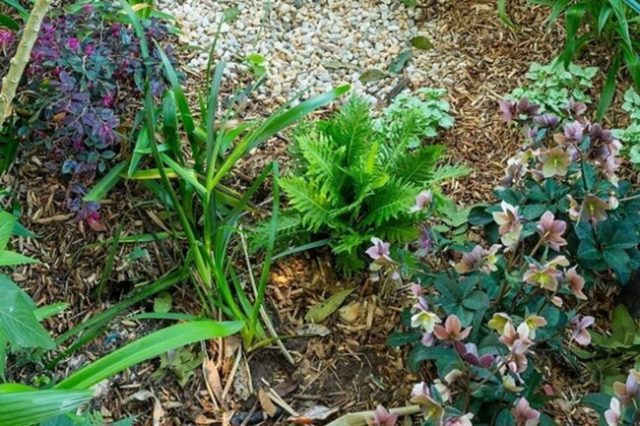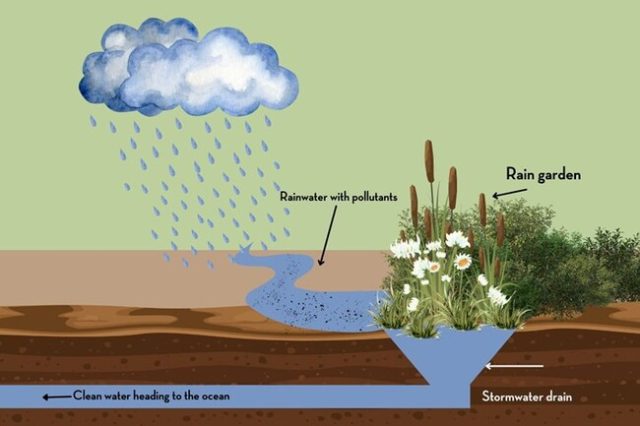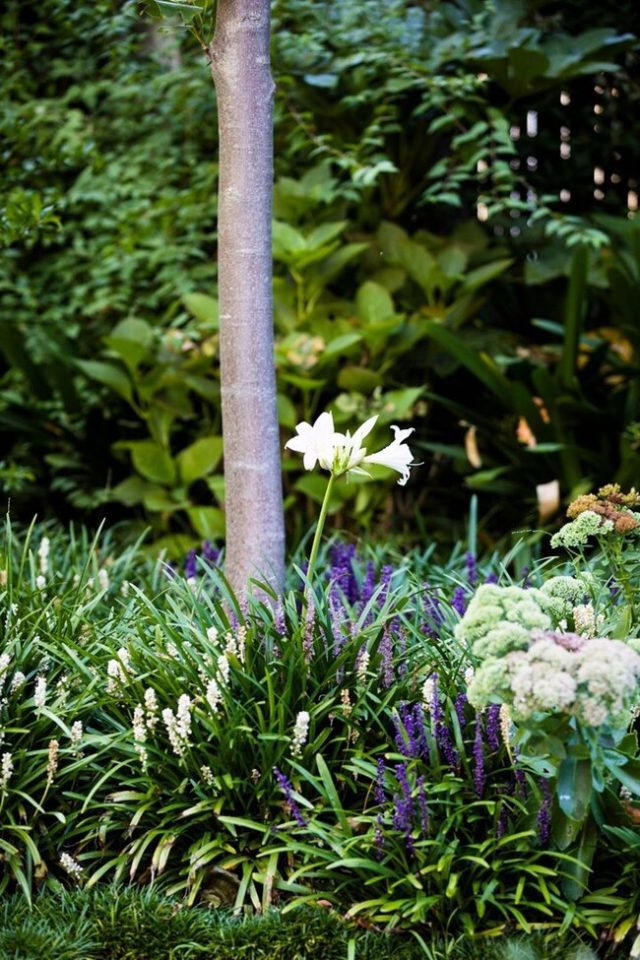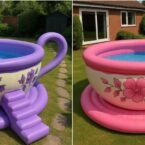
Solving stormwater problems can be a rewarding endeavor, especially when considering the environmental impact of excessive water runoff. A rain garden emerges as a practical and aesthetically pleasing solution for those plagued by waterlogged yards. Contrary to its name, a rain garden isn’t a waterlogged expanse; rather, it consists of native shrubs, perennial plants, and flowers planted in a carefully designed depression, usually positioned toward the back of a yard on a natural slope. This unique garden is engineered to capture rain runoff from roofs, driveways, lawns, and other surfaces, providing an effective means of processing up to 90% of nutrients, chemicals, and pollutants present in rainwater runoff.

Rain gardens play a crucial role in mitigating the environmental impact of rain runoff, which often carries harmful contaminants. When rainwater flows over surfaces laden with chemicals and pollutants, it collects these substances and carries them untreated into rivers, oceans, and natural water systems. By strategically placing rain gardens to intercept and process this runoff, individuals can contribute to cleaner and healthier water systems. This is particularly important in regions experiencing higher-than-average rainfall or periods of intense storms, as stormwater runoff can become increasingly toxic to the environment.

Creating a rain garden is a straightforward process that involves careful planning and execution. Positioning the garden in an area that easily captures roof and house water runoff is key. The garden should be located at the bottom of the yard on a downward slope, allowing rain to naturally flow into the depression. The soil preparation is crucial, with clay-based soil recommended for its lower percolation rate, facilitating the slow drainage necessary for contaminant and sediment capture. Plant selection is also essential, with a mix of natives and general plants inside the garden and marginal plants lining the outside, all tolerant of excess water. The size of the rain garden is a critical factor, ideally estimated at about 20% of the size of the property’s roof, patio, or deck that drains into it. Choosing Australian native plants, such as banksia, grevillea, dianella, and bottlebrush, enhances the garden’s effectiveness in managing stormwater runoff. Ultimately, building a rain garden is an eco-friendly and practical way to address stormwater issues and contribute to the overall health of the environment.



















